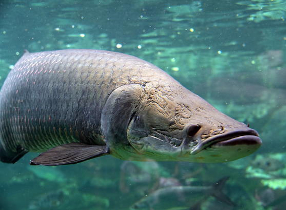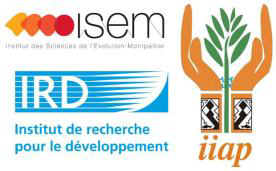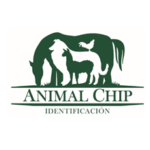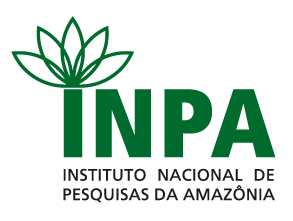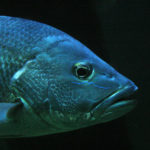Arapaima Gigas or Pirarucu, a growing aquaculture production
Arapaima gigas (“Pirarucu” in Portuguese) is a carnivorous fish emblematic of South American rivers: also called pirosca in Brazil, it is the largest freshwater fish on the continent (up to 4 m long and 280 kg).
A specie of high commercial value, the Pirarucu is the privileged target of an important extractive fishing activity. Today, legislation has been put in place at different levels to try to control catches and avoid the disappearance of the species.
At the global level, the Pirarucu is listed in Appendix 2 of the Convention on International Trade of Endangered Species (CITES). Measures have been defined to stimulate and promote the sustainable and qualitative production of pirarucu.
Most of the breeders of Pirarucu are small and medium producers in Brazil, who rely on national programs for its development. Today, the production of Pirarucu is growing.
The needs of the sector
The Pirarucu must go to the surface every 15 minutes to breathe atmospheric oxygen, and thus becomes an easy target for fishermen. This is why legislation has been put in place at different levels to try to control the catches.
The advantages of this fish are numerous : large size, resistant, 80% tasty flesh, very few bones, exploitation of the scales for the manufacture of by-products, etc.
The female is sexually mature between 4 and 5 years. A couple can give birth, on average, to 4,000 fry per reproduction.
The weight development of the young reaches 10 kilos from the first year, so it is possible to produce 40 tons of fish from a single couple: it is therefore a very profitable fish farming activity.
Into the natural environment, the male has red scales on its side and back. In fish farms, it is almost impossible to differentiate a female from a male, because in captivity, the male loses its ability to differentiate by color.
Today, the identification of the sex is done by ultrasound, a very invasive method for the animal. Indeed, there is no quick method to identify the sex of the Pirarucu early.
The sexing kit: the solution developed by DIAG4ZOO
By knowing in advance the sex of the Pirarucu thanks to our sexing diagnosis, it is possible to introduce as many males as females in adapted ponds, and optimize their breeding conditions to reach much higher reproduction rates.
The breeding of the “giant of the Amazon” thus better controlled constitutes a very interesting commercial outlet for Brazil, but also for other countries like Colombia, Peru or Ecuador.
A simple and reliable method
Our technology, to sex the Pirarucu, is based on an immunology technique to detect a protein present only in the blood of females, vitellogenin.
Diag4zoo developed an antibody that has the ability to bind specifically to vitellogenin, which is therefore a sex-specific antigen.
- A very sensitive technology
- An easy to use test
- A quick result: less than 3 hours
- Long shelf life: 3 months at + 4°C
Our kit contains 24 ready-to-use tests and all the reagents for sexing 24 fish.

